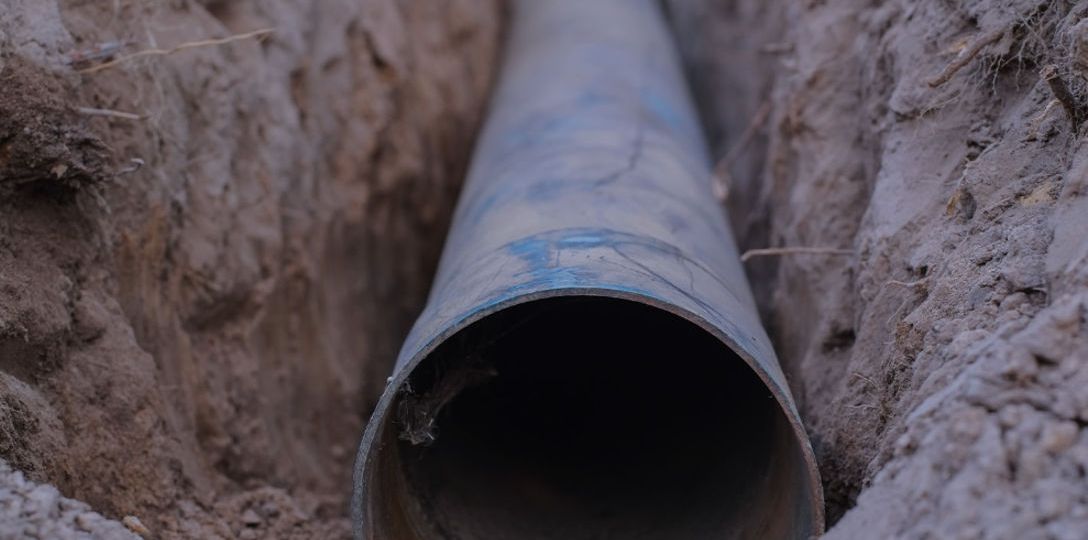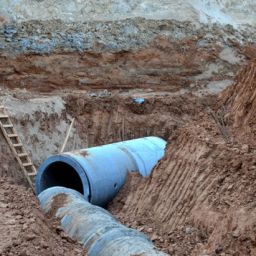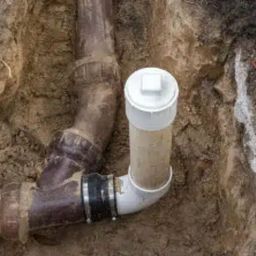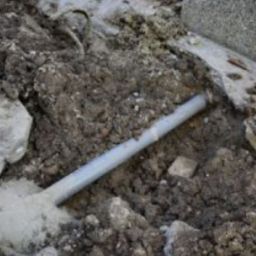
When it comes to home maintenance, sewer line repairs can be one of the more daunting responsibilities for homeowners. Understanding who is responsible for these repairs can save you time, money, and a lot of headaches.
Let’s break down the responsibilities associated with sewer line repairs, so you know what to expect if issues arise.
Homeowner Responsibilities
Homeowners typically bear the brunt of responsibility when it comes to sewer line repairs. This includes understanding which parts of the sewer system they are accountable for and what common issues they might face.
The Upper Lateral Pipe
The upper lateral pipe is the section that runs from your home to the property line. As a homeowner, you are responsible for maintaining this part of the sewer system. If there are clogs or damage in this section, it is up to you to arrange for repairs.
The Lower Lateral Pipe
The lower lateral pipe extends from the property line to the municipal sewer main. Although this section may not be directly under your home, it still falls under your responsibility. Homeowners often overlook this part, believing that since it connects to city services, it must be the city’s responsibility. However, any issues that arise here—such as blockages due to tree roots or other obstructions—are still on you.
Common Issues and Repairs
Common problems that may require immediate attention include:
- Clogs: Often caused by grease buildup or foreign objects flushed down toilets.
- Tree Roots: Roots can invade sewer lines and cause significant damage.
- Pipe Damage: Age and environmental factors can lead to cracks or breaks in the pipe.
If you encounter any of these issues, it’s advisable to contact a professional plumber in Phoenix or your area who specializes in sewer line repairs. They can assess the situation and recommend appropriate solutions.
Municipal Responsibilities
While homeowners have significant responsibilities regarding their sewer lines, municipalities also play a crucial role in maintaining public infrastructure.
The Main Sewer Line
The main sewer line is managed by the city or local government and is responsible for carrying wastewater from multiple properties to treatment facilities. If there is a problem within this main line—such as a blockage affecting several homes—the city will step in to address the issue.
City Involvement in Repairs
If a problem arises in the lower lateral pipe that requires digging up public property (like streets or sidewalks), the city may coordinate repairs. However, homeowners should be aware that they are still responsible for covering costs associated with repairs in their section of the sewer line.
Cost Considerations
Understanding the potential costs involved with sewer line repairs can help homeowners prepare financially.
Repair Costs
Repairing sewer lines can be expensive. Depending on the nature of the problem, costs can range from a few hundred dollars for minor clogs to thousands for extensive repairs that require excavation and replacement of damaged pipes.
Insurance Coverage
It’s wise to check if your homeowner’s insurance policy includes coverage for sewer line repairs. Some policies may offer service line coverage that specifically addresses these types of issues, while others may not cover them at all.
Inspection Services
Before making any decisions about repairs, consider having your sewer lines inspected by professionals. Many plumbing companies offer camera inspections that allow them to see inside your pipes without invasive digging. This can help pinpoint problems accurately and save you money in the long run.
When to Call a Professional
Knowing when to call in an expert can make all the difference when dealing with sewer line issues.
Signs of Trouble
Be alert for signs that indicate potential problems with your sewer lines:
- Slow Drains: If multiple drains are slow or backing up simultaneously, it could indicate a blockage.
- Unpleasant Odors: Foul smells around your property may suggest a leak or break in your sewer line.
- Water Pooling: Puddles forming in your yard or near your foundation could signal a problem with your lateral pipe.
If you notice any of these signs, it’s time to contact a professional plumber who can help diagnose and repair the issue efficiently.
Conclusion
Understanding who pays for sewer line repair is essential for every homeowner. You are responsible for the upper and lower lateral pipes connected to your home, while municipalities maintain the main sewer lines serving multiple properties. Being proactive about maintenance and knowing when to seek help from professionals can save you time and money down the road.
Whether you’re dealing with clogs caused by tree roots or considering a repipe sewer line project due to age-related damage, staying informed will empower you as a homeowner.
Looking for reliable plumbing solutions? At Phoenix Plumbing and Drain, we pride ourselves on our commitment to quality. Visit our About Us page to learn more about our commitment and dedication. Our services include everything from emergency repairs to routine maintenance.
FAQs
How do I know if my sewer line issue is the homeowner’s responsibility or the city’s?
Determining responsibility for sewer line issues often hinges on the location of the problem. Homeowners are typically responsible for the sewer line from their home to the property line, including any lateral pipes. If the issue lies beyond the property line, such as in the main sewer line under the street, it may be the city’s responsibility. Consulting a licensed plumber can help clarify where the problem originates.
What are the typical costs for homeowner-funded sewer line repairs?
The cost of repairing a sewer line can vary widely based on several factors, including the extent of damage and location. On average, homeowners can expect to pay between $3,000 and $6,000 for repairs. Minor fixes might cost as little as $650, while extensive repairs could exceed $10,000. Factors like pipe material and repair method significantly influence these costs, so obtaining multiple estimates is advisable.
Can homeowner’s insurance cover sewer line repairs?
Homeowner’s insurance may cover sewer line repairs, but coverage varies by policy. Some policies include specific provisions for service line coverage that addresses sewer issues. It’s crucial to review your policy or consult your insurance agent to understand what is covered and under what circumstances. If your sewer line damage is due to a covered peril, you might receive financial assistance for repairs.
How do I inspect my sewer line to determine the problem?
Inspecting your sewer line typically involves hiring a professional plumber who uses specialized equipment like video cameras to assess the condition of your pipes. This non-invasive method allows plumbers to identify blockages, cracks, or other issues without extensive digging. Homeowners can also look for signs of trouble, such as slow drains or foul odors, which may indicate a need for inspection.
What are the signs that indicate a sewer line needs immediate repair?
Several warning signs suggest that your sewer line requires urgent attention. Look out for multiple slow drains throughout your home, persistent foul odors near drains or in your yard, and pooling water in your yard or around your foundation. Additionally, gurgling noises from drains can indicate a blockage. If you notice any of these symptoms, it’s essential to contact a plumbing professional promptly to prevent further damage.



